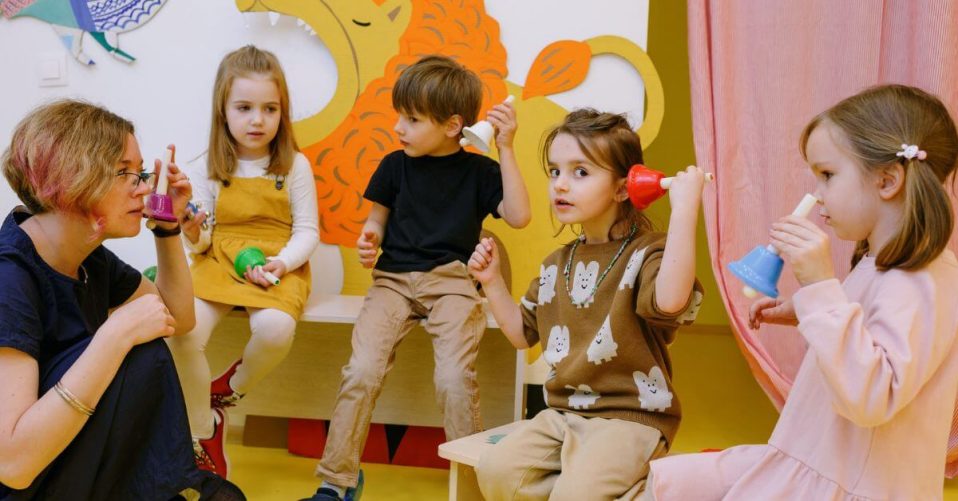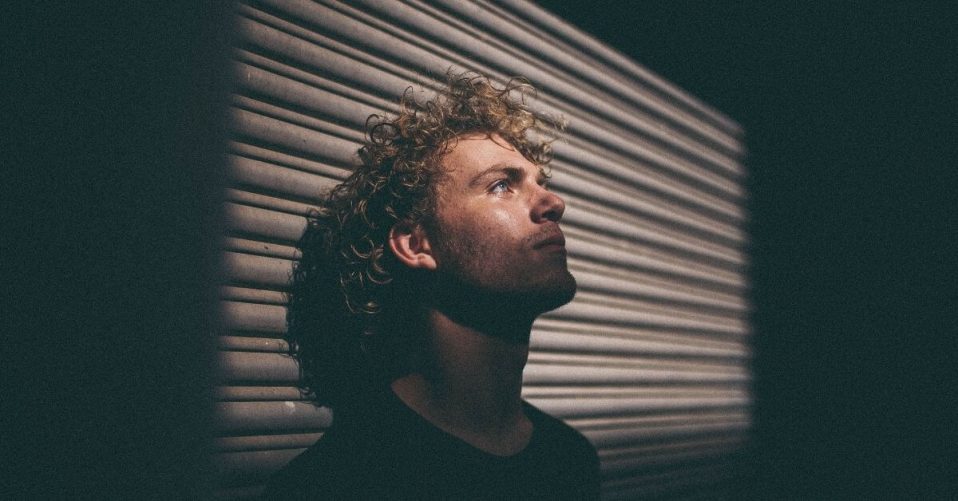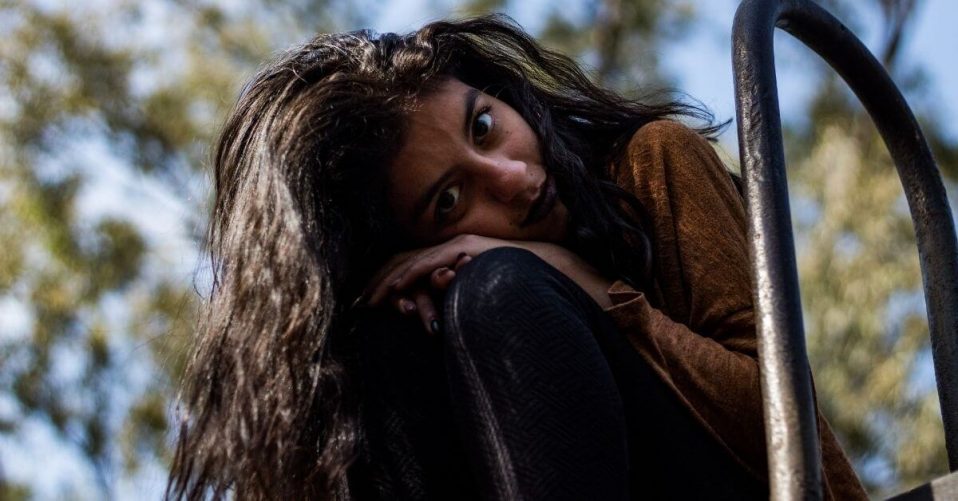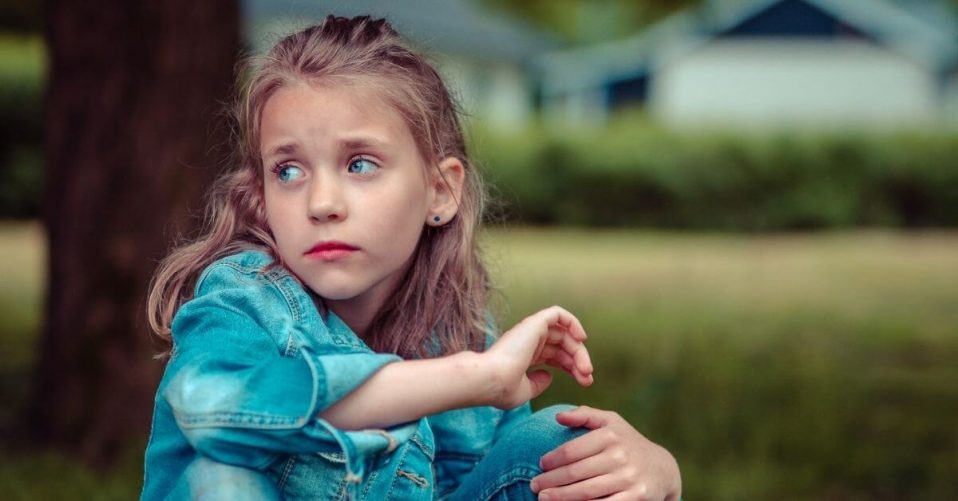Incorporate mindfulness into classroom activities by including breathing, sensory experience, guided imagery, and movement exercises into the day-to-day curriculum.
Teaching mindfulness in the classroom is more important than ever. 66% of school-age children are currently experiencing stress and worry about school, exams and homework and teachers and parents are equally concerned and anxious for them. Our lives are hectic, and we frequently find ourselves dwelling on the past or worrying about the future. Mindfulness is important for children because it teaches them to live in the present moment, to enjoy and experience what is in front of them rather than dwelling on the past or worrying for the future.
Educators understand that children learn best when they are at ease, safe, and calm. Imagine if, in addition to the gift of lifelong learning and the tools to become compassionate and productive adults, we could also offer our children the gift of mindfulness – the ability to use their breath and mind to live a happy and healthy life. Teachers will benefit from mindfulness as well, because we all know that a happy teacher has a happy classroom.
Here are 4 ways to implement mindfulness in your classroom:
1. Mindfulness Through Breath
We commonly take short breaths into our chests when we are upset or anxious. You may utilise your breath to soothe both your body and mind by inhaling deeply into your abdomen. Place your right hand on your abdomen and your left hand on your chest to practise mindful breathing. Feel the smooth rise and fall of your breath. Count to three as you inhale, then three more times as you exhale. If it’s more comfortable for you, close your eyes. Try mindful breathing on your own first, then with your students. They can pretend to fill a balloon in their stomachs, or you can use a Hoberman Sphere to show the breath visually.
You may use this easy breathing technique throughout the school day to aid with transitions, before tests, or in stressful circumstances.
2. Mindfulness Through Sensory Experiences
Sensory experiences also assist youngsters in focusing and relaxing. In the classroom, try listening to soothing music or other peaceful noises. You might also take the kids outside to listen to the sounds of nature. They may make mind jars or play I Spy. This exercise entails placing objects with strong, recognisable odours (such as cinnamon, flowers, cheese, or popcorn) in jars and having the children estimate the items based on their sense of smell. Close their eyes, give each child a cotton ball or sponge, and have them guess what they’re holding to focus their sense of touch. Sensory tables with containers of water, sand, ice, or themed items are fantastic. Use Play-doh, clay, or Slime to encourage developmentally beneficial imaginative play.
3. Mindfulness Through Guided Imagery
Guided imagery fosters the development of children’s imaginations. It also aids in the integration of new knowledge with existing knowledge. When you begin a new topic in your lecture, have your students close their eyes (if that is comfortable) and walk them on a fictitious journey. If you’re studying the ocean, for example, have students envision getting into underwater vehicles and travelling around the ocean waters in search of fish, creatures, and plants. Finish the guided relaxation with a few deep breaths, and then they can sketch their thoughts and discuss them as a class. Depending on your curriculum subjects, you may take them on pretend adventures into outer space, to the beach, forest, or a deserted island, on a safari, or up a volcano. Take your children on journeys through relaxation stories to help them calm down and re-energise.
4. Mindfulness Through Movement
Humans are born to move. Our distant ancestors spent their days running from predators or hunting for food. Movement is a natural part of human life that has become a luxury in modern times. Introducing movement into your classroom allows your students to tap into their natural way of learning. Yoga is a simple strategy for adding movement to your school day. Children can mimic their environment to develop their self-expression and self-confidence. They can practice yoga in their chairs, in the gym, or outside. Again, using poses that correspond with your class topic makes the motion relevant and meaningful for your students.
Are you interested in learning more about mindfulness?
Our 6-week Mindfulness course teaches the learner what mindfulness is, the importance of mindfulness in relationships, the neuroscience of self-compassion, and an understanding of how to apply mindfulness in your life.
Our CPD Accredited Understanding Stress course teaches the learner what stress is, how it can be managed and prevented, and how you can support someone who is struggling with stress.
For more information on how stress, including stress management through mindfulness, download our stress guide.
At Shawmind, we want to make it easier for you to handle moments of poor mental health by reducing stigma and increasing awareness and support options. That’s why all funds raised through our online courses support Headucation – our mission to train teachers in the basics of mental health support.














